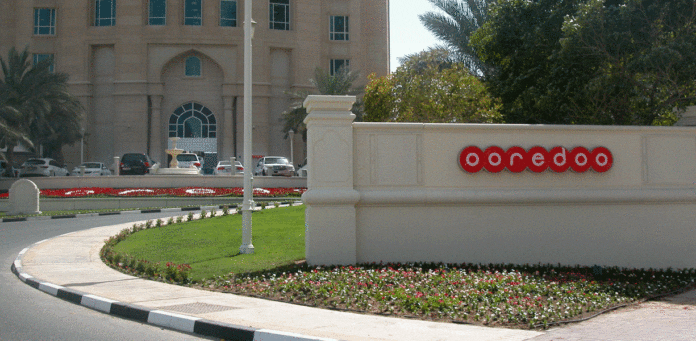Deal includes 2G, 3G and 4G equipment and small cells solutions
Swedish vendor Ericsson and Qatar-based telecom group Ooredoo have signed a frame agreement for the supply of radio, core and transmission solutions, as well as related implementation and integration services.
The agreement also covers Ericsson’s software model with predefined software value packages, which ensure better performance and reduces time to market for new functionalities.
“This group frame agreement will allow us to benefit from Ericsson’s latest hardware, software and services. It will allow us to differentiate our end-user offering and will give us the competitive edge that we need,” Ooredoo Group’s COO, Ahmed Al Derbesti, said.
Ericsson’s head for the Middle East and Africa, Rafiah Ibrahim, said, “The region is witnessing a digital transformation fueled by innovation of telecom services and solutions and the high demand for smart devices. This transformation requires networks that can provide superior performance to cater for the data explosion.”
The agreement includes 2G, 3G and 4G radio equipment and indoor small cells solutions. It also covers Mobile Softswitching and Evolved Packet Core, and MINI-LINK microwave transmission equipment.
Ooredoo currently has 4G technology deployed across five of its nine markets. In Qatar and Kuwait, the company currently offers LTE-A services. The telco operates in Qatar, Kuwait, Oman, Tunisia, Algeria, Iraq, Indonesia, Myanmar and the Maldives.
Ericsson forecasts 150 million ‘5G’ subscriptions globally by 2021
In related news, Ericsson estimates there will be 150 million 5G mobile subscriptions by 2021.
According to the company’s latest Mobility Report, South Korea, Japan, China and the U.S. are predicted to lead with the first 5G subscription uptake.
Also according to the report, China will have 350 million LTE subscriptions by the end of this year, representing nearly 35% of the world’s total LTE subscriptions, and is predicted to have 1.2 billion LTE subscriptions by 2021.
Global LTE subscriptions are expected to reach 4.1 billion by 2021, compared to 1 billion at the end of 2015. LTE subscriptions are expected to expand at a Compound Annual Growth Rate of 25% during the 2015-2021 period.
Ericsson also expects a total of 3.4 billion smartphone subscriptions globally by the end of this year and 6.4 billion smartphone subscriptions by 2021.

